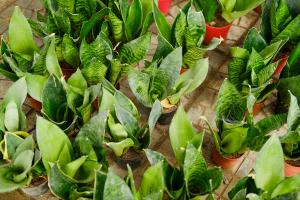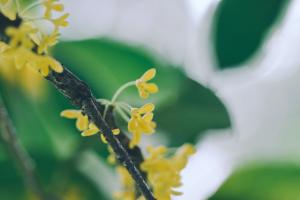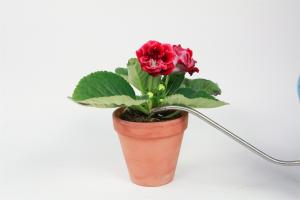Introduction
Jade plants are very popular indoor plants that are known for their lush green foliage and resilience. They are often referred to as money trees, and this has led to many people wondering why they are called that. In this article, we will explore the origins and explanations behind the name of jade plants.
Origins of the Name
The name "money tree" was derived from the belief that jade plants bring good luck and prosperity. This belief originated from the ancient Chinese practice of Feng Shui, which is the art of creating a harmonious environment that attracts positive energy and good fortune.
In Chinese culture, jade is considered a symbol of wealth, prosperity, and good luck. Jade is also believed to have healing properties and to promote a sense of calmness and serenity. Based on these beliefs, the Chinese associated the jade plant with money and prosperity, hence the name "money tree".
The Appearance of Jade Plants
Jade plants have thick, fleshy leaves that resemble the shape of coins, which adds to their reputation as a money tree. The leaves are also a vibrant green color, which signifies growth and abundance, qualities that are highly valued in Chinese culture.
Another feature that adds to the name "money tree" is the way jade plants grow. They can reach up to three feet in height and have a thick twisting trunk that gives them an appearance of a miniature tree. This tree-like growth pattern is associated with strength, stability, and longevity, all of which are qualities that are highly valued in Chinese culture when it comes to financial success.
The Benefits of Having a Jade Plant
In addition to bringing good luck and prosperity, jade plants have several other benefits that make them a popular indoor plant. Firstly, they are easy to care for and can withstand neglect, which makes them ideal for beginners or people who have a busy lifestyle.
Secondly, jade plants have air-purifying qualities that can help to improve the air quality in your home. They release oxygen while absorbing carbon dioxide, formaldehyde, and other harmful pollutants from the air.
Thirdly, jade plants are excellent at reducing stress and creating a calming effect. Their lush green foliage can improve the mood and provide a sense of tranquility, which makes them an excellent addition to any home or office.
Conclusion
In conclusion, jade plants are called money trees due to the belief in Chinese culture that they bring good luck and prosperity. They have a tree-like growth pattern and thick, fleshy leaves that resemble the shape of coins, which adds to their reputation as a symbol of wealth and abundance. Additionally, jade plants are excellent indoor plants that are easy to care for, have air-purifying qualities, and can help reduce stress and improve the mood.

 how many times do yo...
how many times do yo... how many planted tre...
how many planted tre... how many pine trees ...
how many pine trees ... how many pecan trees...
how many pecan trees... how many plants comp...
how many plants comp... how many plants can ...
how many plants can ... how many plants and ...
how many plants and ... how many pepper plan...
how many pepper plan...




























